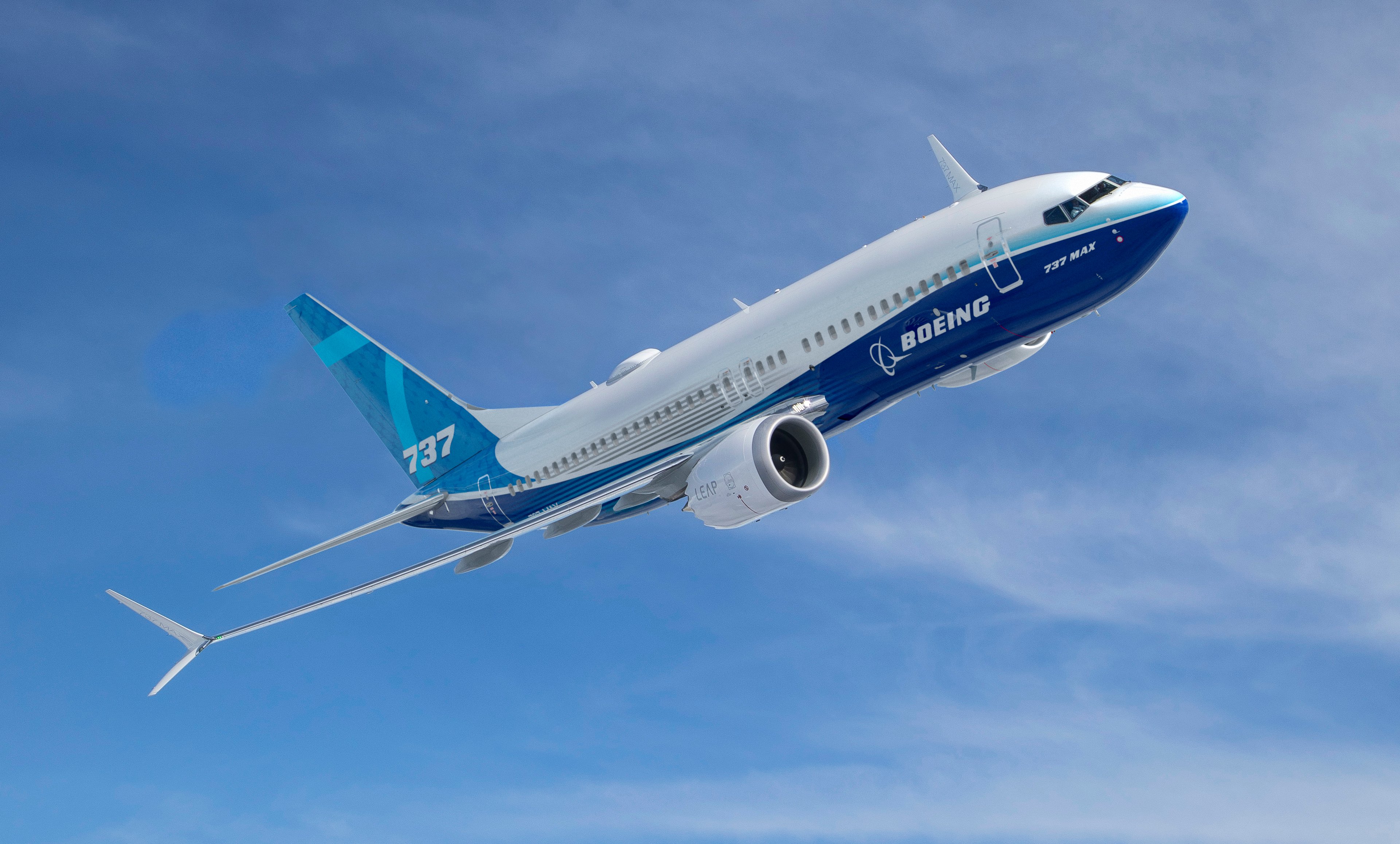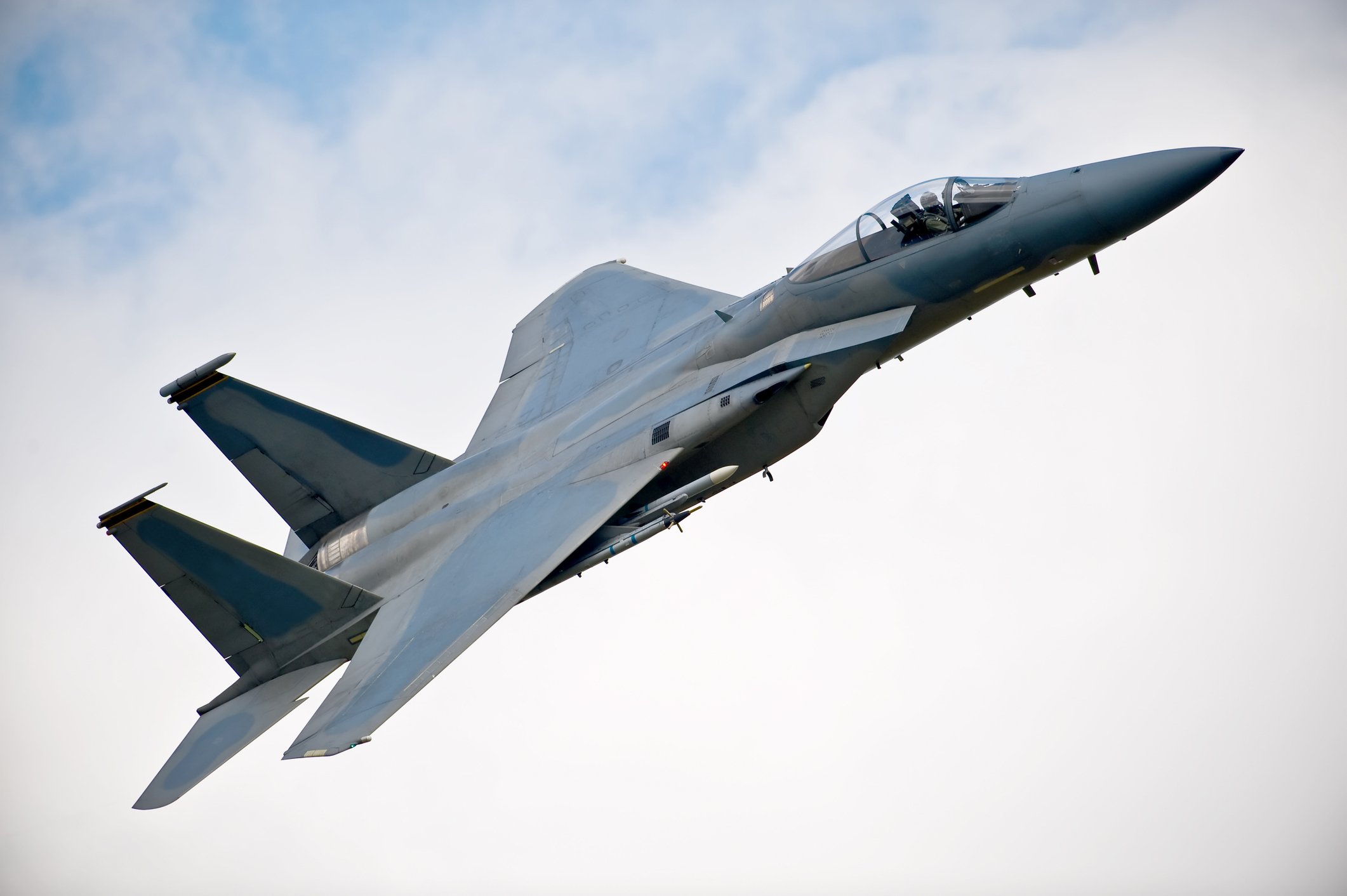For more than a year, Boeing (BA 0.02%) has been building its popular 787 Dreamliner model at a rate of 12 per month. That's the fastest production rate ever achieved for a widebody commercial aircraft.
However, Boeing has made no secret of its desire to boost production even further. Sure enough, the company revealed on Sept. 13 that it will increase 787 output to 14 per month in 2019. This surprised many analysts, who see this new production rate as being unsustainable.
Indeed, Boeing probably won't be able to sell enough Dreamliners to maintain a 14/month production rate for more than a few years. Nevertheless, this looks like a smart move as Boeing tries to keep free cash flow growing for the next few years while grabbing market share from its perennial rival, Airbus (EADSY +1.74%).
The case against 14 per month
Prior to the Dreamliner's 2011 entry into service, Boeing built up a huge order backlog for the revolutionary jet. However, for the past few years, order activity has been lackluster.

Order activity for the 787 family has been fairly slow since 2014. Image source: Boeing.
Boeing secured just 41 net orders for the 787 family in 2014, followed by 71 in 2015 and 58 in 2016. During the same period, the company delivered nearly 400 787s. As a result, the 787 backlog has been shrinking. As of the end of August, Boeing had 689 unfilled Dreamliner orders.
Furthermore, some potential orders that once seemed likely to materialize haven't panned out. Financial difficulties have caused Middle Eastern airline giant Emirates to postpone plans to order a smaller aircraft to complement its fleet of Boeing 777s and Airbus A380s. Meanwhile, United Continental recently decided to replace its aging 777-200ERs with Airbus A350s.
If order activity continues at the pace that Boeing has seen for the past few years, the company could be forced to abandon the new 14/month production rate as soon as 2021.
A 787 rate hike might last longer than bears expect
In the long run, to sustain a 14/month production rate, Boeing would need to bring in 168 Dreamliner orders annually. Based on the order pace from the past few years and Boeing's own long-term outlook, it's clear that this is an unrealistic goal.
However, sustaining a 14/month production rate for five years or so seems achievable. 2017 is on pace to be the best year for Dreamliner orders (by far) since 2013. As of mid-September, Boeing had booked 78 net firm orders for the 787 family. Just in the past couple of weeks, it has announced a firm order for four 787s from Japan Airlines and commitments for eight 787s from Malaysian Airlines and for 40 787s from Turkish Airlines. Boeing also has some outstanding 787 commitments from the Paris Air Show that could turn into firm orders later this year.
Boeing expects this order momentum to continue for a while, as a large number of widebodies are due for replacement in the early 2020s. Boeing's 787 orders may fail to match output over the next few years, but the backlog isn't likely to reach a critically low level anytime soon.
A market share play
Even if Boeing can sustain a 14/month production rate for four or five years, it might seem more sensible to keep output at 12/month in the hope that this level could be maintained indefinitely.
However, Boeing has a unique opportunity to grab widebody market share from Airbus over the next five years because the competing A350 has a long backlog of orders. Boeing will have an edge among airlines that don't want to wait a long time for new planes. Airbus has tried to push the less advanced A330 and A330neo models as an alternative to the 787, but demand for these aircraft has fallen off a cliff lately, with just two net orders year to date.
In other words, by increasing 787 production in 2019, Boeing may have opportunities to make some sales that would slip through its fingers otherwise.

The planned 787 production increase could help Boeing gain market share. Image source: Boeing.
Additionally, the output increase will help Boeing bring down 787 production costs faster. This will make it feasible for Boeing to pass along bigger discounts to customers, improving its long-run competitiveness vis-a-vis Airbus.
Shoring up free cash flow
Finally, Boeing's plan to raise the 787 production rate also has an important short-term benefit: It will boost free cash flow in 2019 and for several years thereafter. This will help offset various headwinds, such as a big drop-off in 777 deliveries, elevated costs associated with the beginning of 777X production, and the potential costs associated with developing a new "middle of the market" jet.
By the mid-2020s, Boeing will probably have to slow production for the 787 family. But by then, 777X production will have matured, boosting cash flow from that aircraft family. As a result, even an unsustainable increase in Dreamliner output could lead to steadier cash flow for Boeing over the next decade.







